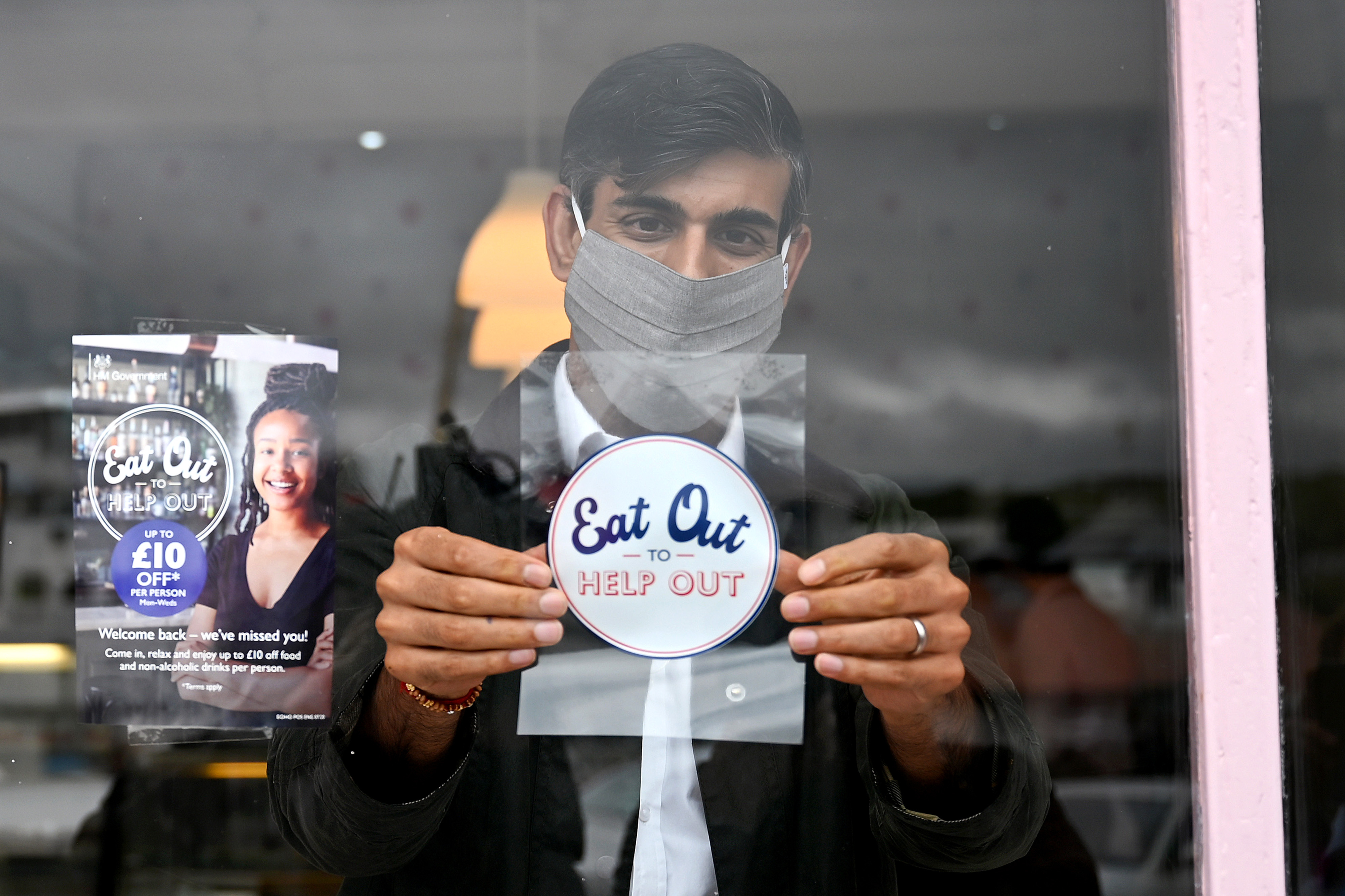The UK’s Covid R rate has fallen to between 0.6 and 0.8, scientists advising the government have said.
Last week the estimated R rate was 0.7 to 0.9, which had been a slight rise on the previous week’s estimate of 0.6 and 0.9.
R measures the number of people, on average, that each sick person will infect.
If R is greater than 1 the epidemic is generally seen to be growing; if R is less than 1 the epidemic is shrinking.
The estimate was published on Friday and provided by the Scientific Advisory Group for Emergencies (Sage) and the Department for Health and Social Care (DHSC).
The DHSC also provides a breakdown of the estimated R rate in regions of England.
Here’s what the R rate is in each region
In England, the R rate is 0.6 to 0.8.
Regionally it is as follows:
East of England – 0.6 to 0.8 (no change from last week)
London – 0.6 to 0.8 (no change)
Midlands – 0.6 to 0.8 (from 0.7 to 0.9)
North-east and Yorkshire – 0.7 to 0.9 (from 0.7 to 1.0 )
North-west – 0.7 to 0.9 (no change)
South-east – 0.6 to 0.8 (no change)
South-west – 0.5 to 0.8 (from 0.6 to 0.8 )
It comes as the number of people infected with coronavirus continues to fall across England, but appears to be levelling off in Northern Ireland and Scotland.
New estimates from the Office for National Statistics (ONS) show that around one in 270 people in private households in England had Covid-19 between February 28 and March 6 – the equivalent of 200,600 people.
This is down from around one in 220, or 248,100 people, for the period February 21 to 27.
It is the lowest figure since the week to September 24 when the estimate stood at one in 470, or 116,600 people.
However, the number of people infected in England is still high when compared to last summer. In the week to August 25 around one in 2,000 people had coronavirus.
Meanwhile, the latest data for Wales shows around one in 365 people are estimated to have had Covid-19 between February 28 and March 6 – down from one in 285 the week before.
In Northern Ireland, around one in 310 people were infected, up from one in 325.
The estimate for Scotland was around one in 320 people, up from one in 335 the previous week.

